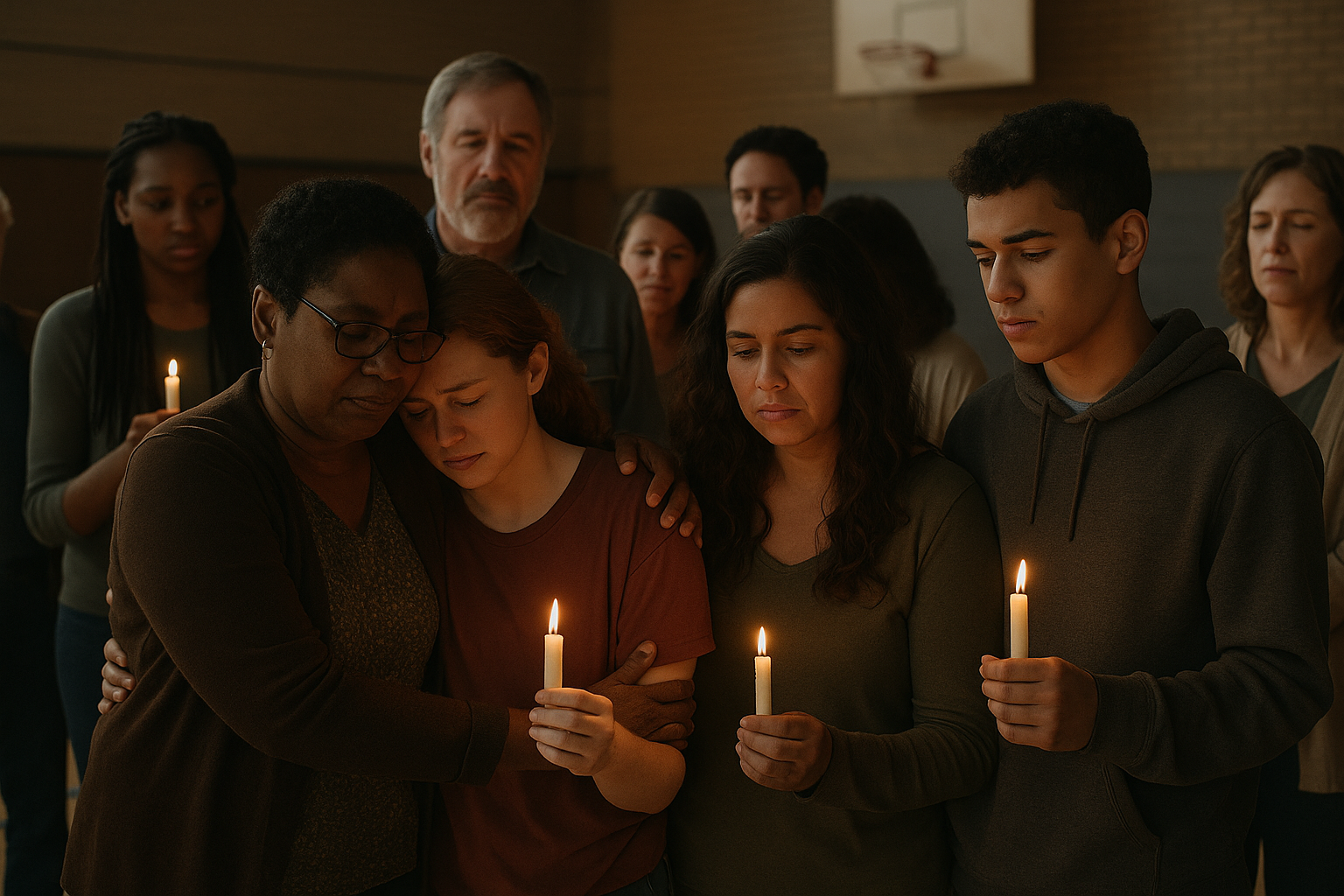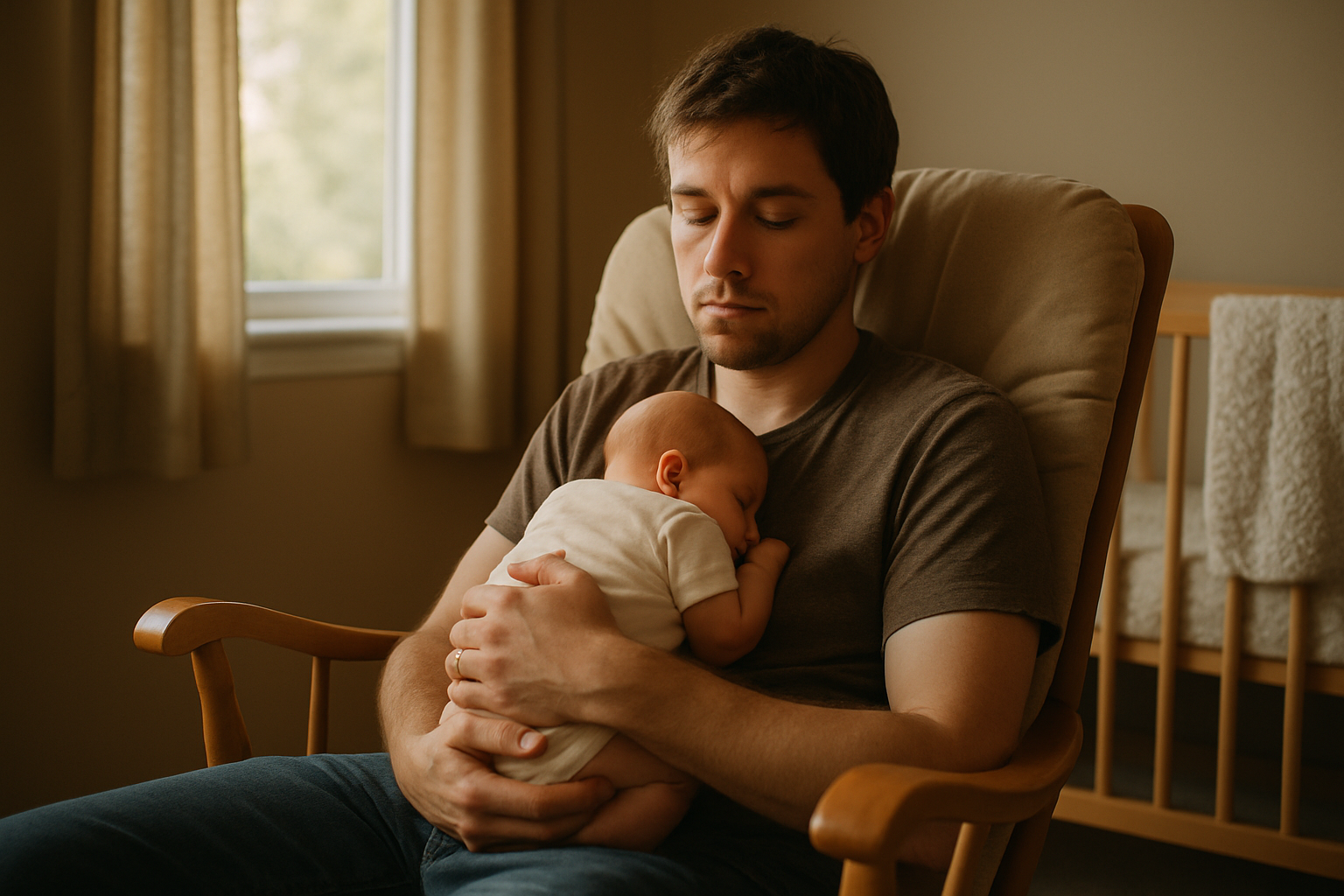When a traumatic event impacts a school, workplace, or neighborhood, the effects ripple beyond the immediate victims. Collective trauma touches entire communities—creating a shared emotional burden that often goes unspoken. Whether it’s a natural disaster, a violent incident, or the sudden loss of a local figure, these experiences leave emotional imprints that deserve care.
At Mind to Heal, we help individuals and groups process these difficult events in a compassionate and structured way.
What Is Collective Trauma?
Collective trauma is the psychological impact shared by a group of people due to a shocking or distressing event. Unlike individual trauma, it’s marked by:
- Widespread grief or anxiety
- A disrupted sense of safety or normalcy
- Emotional contagion (where fear or sadness spreads through a community)
- Shared behavioral changes—withdrawal, hypervigilance, or mistrust
Understanding these effects helps us treat them more intentionally.
Signs That a Community Is Hurting
You may notice:
- A decline in public morale or optimism
- Increased mental health concerns in schools or workplaces
- A spike in absenteeism, tension, or conflict
- Difficulty resuming routines or normal events
Even those who weren’t directly involved can feel deeply affected. This is why collective healing matters.
How to Begin the Healing Process
Healing a community requires both individual and shared responses:
- Acknowledge what happened: Avoid minimizing or rushing through the pain.
- Hold space: Community gatherings, memorials, and open forums offer outlets for grief and solidarity.
- Prioritize emotional safety: Rebuild trust and structure in schools, homes, and organizations.
- Normalize mental health support: Encourage counseling, therapy groups, or mindfulness workshops.
The Role of Community Leaders and Caregivers
Those in leadership roles—teachers, parents, clergy, business owners—can model calm, resilience, and openness:
- Be transparent about steps being taken to restore safety
- Validate others’ emotions, even if they differ from your own
- Promote inclusiveness in healing conversations
This kind of leadership is essential in guiding others toward long-term recovery.
How Mind to Heal Can Help
We offer:
- Community healing workshops and trauma response sessions
- School-based crisis support for students and staff
- Family therapy for those directly impacted by local tragedies
- Individual trauma counseling to help make sense of what happened
Our goal is not just to process trauma—but to foster resilience and reconnection.
Final Thoughts
When something painful happens in your community, you don’t have to go through it alone. Whether you’re a teacher, parent, student, or concerned neighbor, your emotions are valid—and your healing matters.
Mind to Heal is here to walk alongside you. Together, we can process, rebuild, and rise stronger as a community.






